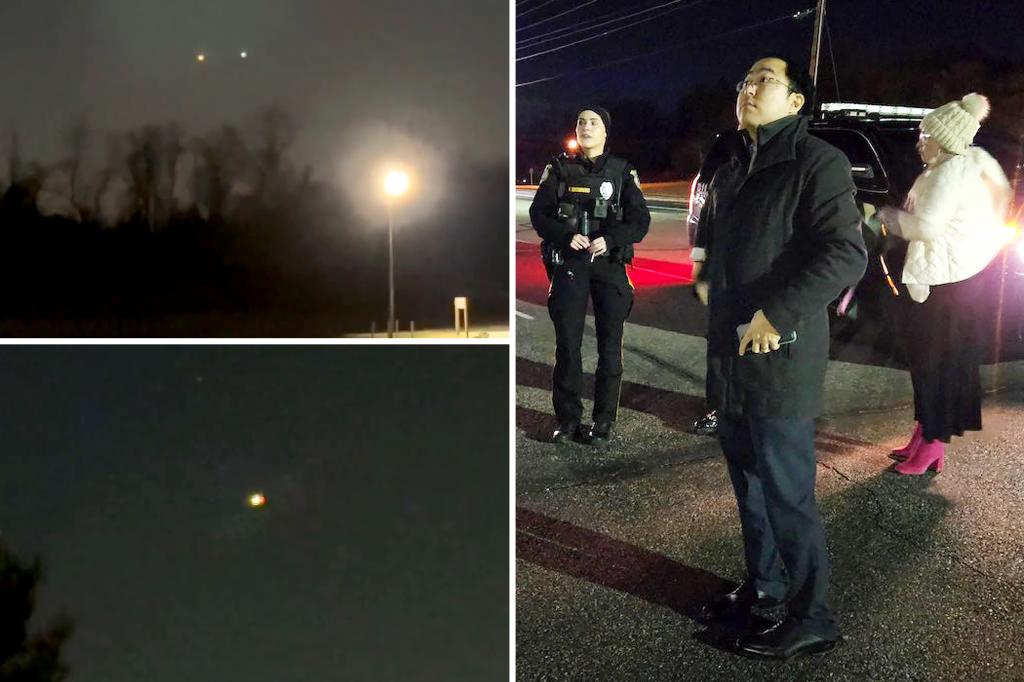The recent surge in reported drone sightings across the United States has sparked public concern and fueled speculation about their origin and purpose. These sightings, often characterized by unusual light patterns or aerial maneuvers, have raised questions about national security, privacy, and the potential for disruptive activities. The lack of clear official explanations from government agencies has further amplified anxieties and fueled distrust. While some incidents have been attributed to misidentified aircraft or natural phenomena, the persistent nature of the reports and the absence of definitive answers have left many citizens demanding greater transparency and accountability from authorities.
New Jersey Senator Andy Kim, recently sworn into office, took a proactive approach to addressing the concerns of his constituents by accompanying local law enforcement on a drone patrol. His firsthand experience offers a valuable perspective on the complexities of identifying and verifying potential drone activity. Equipped with observational skills and access to civilian pilot networks, Senator Kim embarked on a mission to distinguish between actual drones and other airborne objects, particularly planes, which can often be mistaken for drones under certain conditions.
Senator Kim’s observations from his drone patrol shed light on the challenges of identifying these objects in the night sky. He documented his experience with a video captured at the Round Valley Reservoir, showcasing a craft with a white light and red blinkers traversing the darkness. Initially, this object appeared as a potential drone, yet subsequent analysis using detailed flight tracking data revealed it to be a small plane. This example highlights the importance of corroborating visual sightings with comprehensive flight data to avoid misidentification.
While acknowledging the possibility of other unexplained aerial phenomena, Senator Kim’s findings suggest that a significant portion of the reported drone sightings could be attributed to misidentified aircraft, particularly smaller planes, whose flight paths are not always readily apparent to casual observers. This underscores the need for careful scrutiny and the use of reliable tracking tools when assessing such reports. The senator’s approach exemplifies the importance of evidence-based analysis and emphasizes the need for cautious interpretation of anecdotal observations.
Senator Kim’s conclusion that many of the reported sightings were likely misidentified planes does not dismiss the possibility of actual drone activity. He acknowledges that some reports may indeed involve genuine drones, and recognizes that not all observations can be readily explained by existing flight data. This nuanced perspective highlights the need for ongoing investigation and a commitment to uncovering the truth behind these unexplained aerial phenomena. The senator’s careful approach avoids outright dismissal of public concerns while emphasizing the importance of rigorous verification methods.
Ultimately, Senator Kim’s experience underscores a critical need for increased transparency and communication from federal authorities. The lack of clear information and the resulting public distrust necessitate a proactive approach from government agencies to address these concerns and provide accurate information to the public. Senator Kim’s call for greater government transparency reflects a growing sentiment among citizens demanding clearer answers and a commitment to addressing the mystery surrounding these unexplained aerial activities. This proactive engagement is crucial for building trust and ensuring that public concerns are taken seriously.

